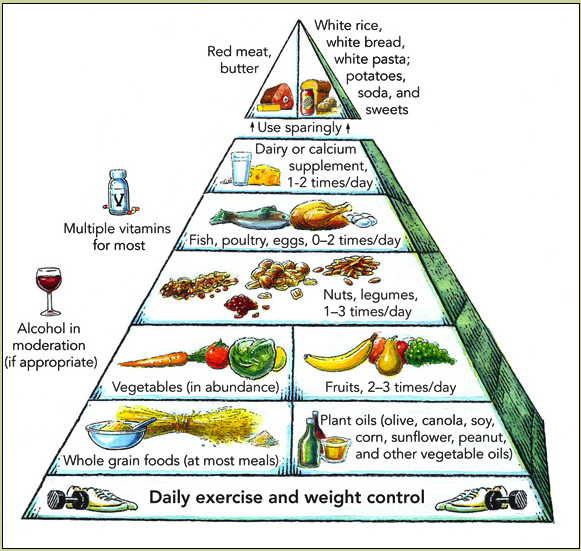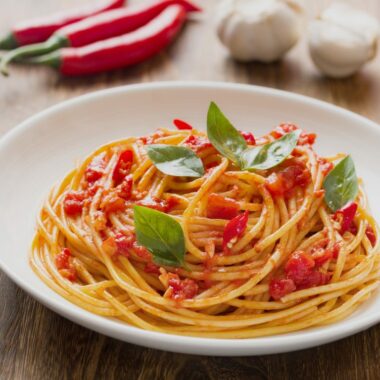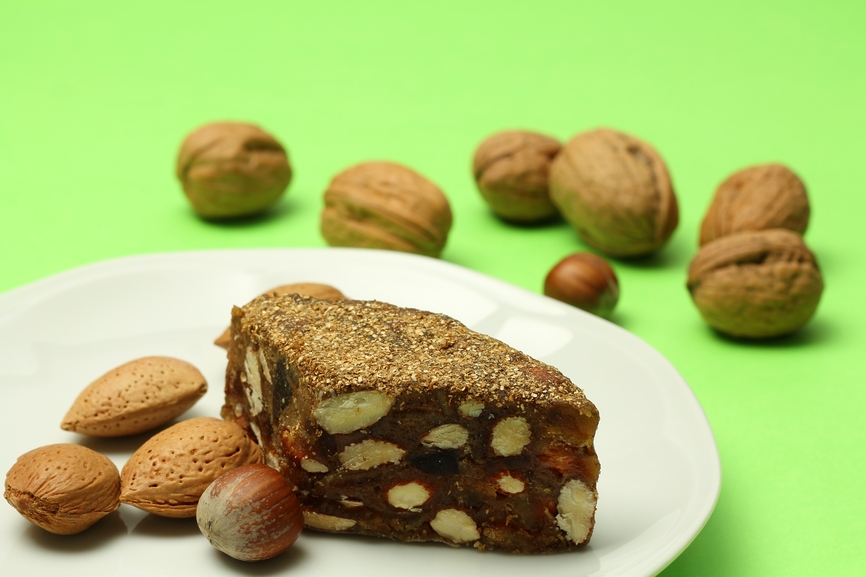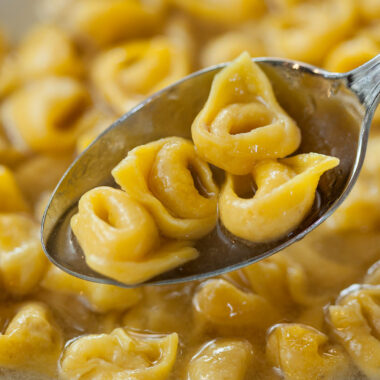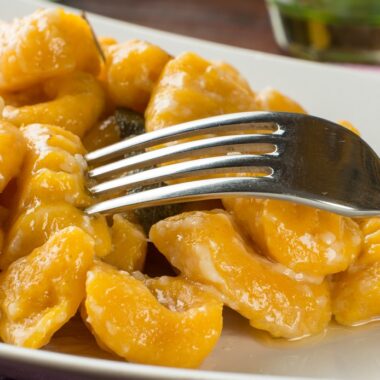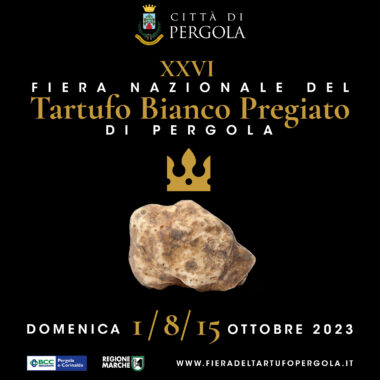The History of the Mediterranean Diet in Italy
The Mediterranean diet is a nutritional model inspired by the traditional eating habits of three European and one North African country: Italy, Greece, Spain and Morocco. In 2008 Italy presented an official request to UNESCO to introduce the Mediterranean diet as part of Civilization’s untangible heritage. In 2010, the request was formally accepted, and the Mediterranean diet became part of the UNESCO Intangible Heritage. According to UNESCO, the Mediterranean diet is a treasure equally shared by Cyprus, Croatia, Italy, Greece, Spain and Portugal.
The Mediterranean Diet finds its roots in the history, culture and lifestyle of Mediterranean countries. Its origin lies in the diet of ancient Greece and Rome, which favored the products of agriculture for their food. It was essentially based on the triad “bread-oil-wine,” supplemented by sheep cheese, garden vegetables (leeks, mallow, lettuce, chicory, mushrooms), a little meat and a distinct predilection for fish and seafood.
When the Barbarians reached the Mediterranean, they did introduce some of their culinary habits, but the locals were reluctant to embrace fully a diet so heavy in fats, venison, pork and beer. What actually happened, on the contrary, is that the “invaders” converted to eating Mediterranean, a culinary conversion that went hand in hand with a religious one: it was also thanks to the evangelizing missions of Mediterranean monks that olive oil, wine and healthy cereals became popular in the centre and the north of Europe, also because these three elements (oil, wine and bread) are essential for Christian liturgy.
In spite of its ancient origins, the actual term “Mediterranean diet” was only coined in the 1950s, thanks to the work of Ancel Keys, Professor of Hygiene and Epidemiology at the University of Minnesota, in Minneapolis.
As many young Americans of age in the 1940s, Keys fought the last war and landed in Paestum along with the Fifth Army in 1944. He was struck by the eating habits of the population of Cilento and by how healthy those people appeared to be. Once the war was over, Keys returned to the south of Italy and settled in the small town of Pioppi, where he continued his studies in nutrition. They eventually proved what his first impressions, developed during the war, had already hinted at: that the food of the people of Cilento did decrease the incidence of cardiovascular diseases, as well as reduce the risk of type two diabetes.
Twenty years later, Keys conducted a pivotal epidemiological study, the Seven Country Study, where the diet habits of people were analyzed. Thanks to it, Keys scientifically verified his original theory, which lead to the conclusion that Mediterranean countries had very low levels of cholesterol and a low incidence of myocardial infarction thanks to their nutritional habits. Thus the term ‘Mediterranean-type diet’, later to become simply ‘Mediterranean diet’, was born.
This is a diet low in fat (30% of the daily caloric intake), especially animal fat, and rich in carbohydrates and vegetable fibers, which effectively prevents atherosclerosis and myocardial infarction, as have confirmed an infinite number of scientific studies.
The Basics of the Mediterranean Diet
The Mediterranean diet is characterized by high consumption of cereals (wholegrain), fruit, vegetables, herbs, cereals, olive oil, fish and moderate amounts of wine.
To some, it is based on a paradox: the people living in Mediterranean countries consume relatively large amounts of fat, but despite this, have lower rates of cardiovascular disease than the U.S. population, whose diet contains similar levels of fat. The difference lies in the different types of fats consumed: in the Mediterranean diet, the majority of the fat intake comes from monounsaturated fats, which are healthy.
Olive oil, the main type of fat used in Mediterranean cuisine, lowers cholesterol levels in the blood, while high consumption of fresh vegetables and fruit guarantees an ideal amount of fibres, minerals and vitamins, essential for maintaining good health. Recent studies have also demonstrated that alcohol consumption, limited to a glass of wine with meals, just as the Mediterraneans do, helps to keep the heart healthy and aids digestion.
But is there anything to criticize in the way we eat in Italy, and in all the other Mediterranean countries?
Well, apparently yes: Mediterranean cuisine relies greatly on cereals, a factor which has been seen negatively in recent years. However, it is relatively simple to avoid the problems that high carbs consumption may bring to our health, especially if you cook Italian: increase the amount of fresh vegetables in pasta and rice dishes, while diminishing that of carbohydrates and use exclusively wholegrain products. When eating bread, limit the amount and choose wholegrain varieties.
Eating Mediterranean means, chiefly, eating fresh and simple: simple dishes, made with simple flavors, combined together to create amazing final results. It means choosing ingredients as close as possible to how they are found in nature (read: no processed foods!) and mix them together with creativity.
An interesting video on the Mediterranean diet, published by the NY Times on its Youtube channel.
Edited and updated by Francesca Bezzone

